Android Central Verdict
Bottom line: The Pixel 4 XL has a fantastic camera, but basic issues on the hardware front prevent it from being a great phone. The battery life is woefully inadequate, and 64GB of storage is nowhere enough for a flagship in 2019. You're better off waiting for the inevitable discount before getting your hands on one.
Pros
- +
A great camera gets even better
- +
Gorgeous design
- +
Vibrant 90Hz screen
- +
Much-needed hardware changes
- +
Excellent selfie camera
- +
Meaningful software additions
Cons
- -
Battery life is woeful
- -
No ultra-wide camera
- -
No more original quality uploads
- -
64GB base storage is inexcusable
- -
Face unlock is inconsistent
- -
Motion Sense doesn't do anything useful
Why you can trust Android Central
Another year, another Pixel launch that's dominated by hardware shortcomings. I thought Google would take a good look at the hardware side of things after all the issues with the Pixel 3 series last year, but clearly that was too much to ask for.
So in the Pixel 4 XL we get a flagship phone with a flagship camera and corresponding pricing, but internal hardware that fails to pass muster yet again. To its credit, Google made a few welcome changes — the 90Hz screen is a great addition, and 6GB of RAM means you can actually use the camera and not having everything else in the background automatically close.
But because this is a phone made by Google, there are bound to be drawbacks, and this time it's battery life. The 90Hz screen is particularly power-hungry, so much so that the 3700mAh battery just isn't able to keep up.
I used the Pixel 4 XL for just over a month, and here's what I think of Google's latest flagship.
Google Pixel 4 XL What I love
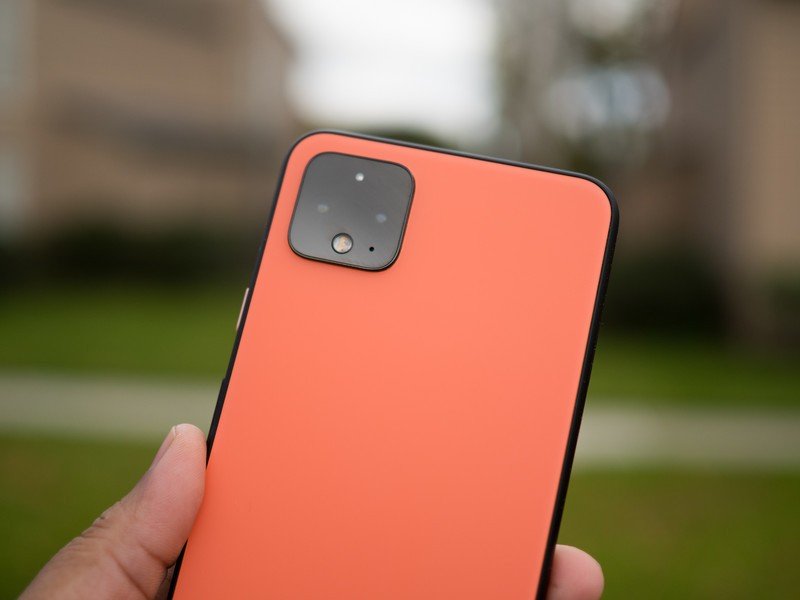
Pixel devices have always featured a minimalist design, and that hasn't changed with the Pixel 4 XL. Google made a few changes to the overall design — including a square camera housing at the back — but the materials are overall aesthetic is still the same.
The Pixel 4 XL in Oh So Orange is oh so good.
I particularly like the feel of the Pixel 4 XL in-hand because of the matte coating at the back. The coating does a great job masking the fact that you're essentially holding a glass slab, and it also prevents fingerprint smudges. This year, the matte finish is available on the Just Black and Oh So Orange color options, and I picked up the latter because of that vibrant orange hue.
The orange Pixel 4 XL immediately stands out in a sea of gradient patterns, and the two-tone finish gives it more character. I'm not particularly fond of the asymmetrical bezels at the front, but I'll take this design any day over the monstrosity that was the notch on the Pixel 3 XL.
Get the latest news from Android Central, your trusted companion in the world of Android



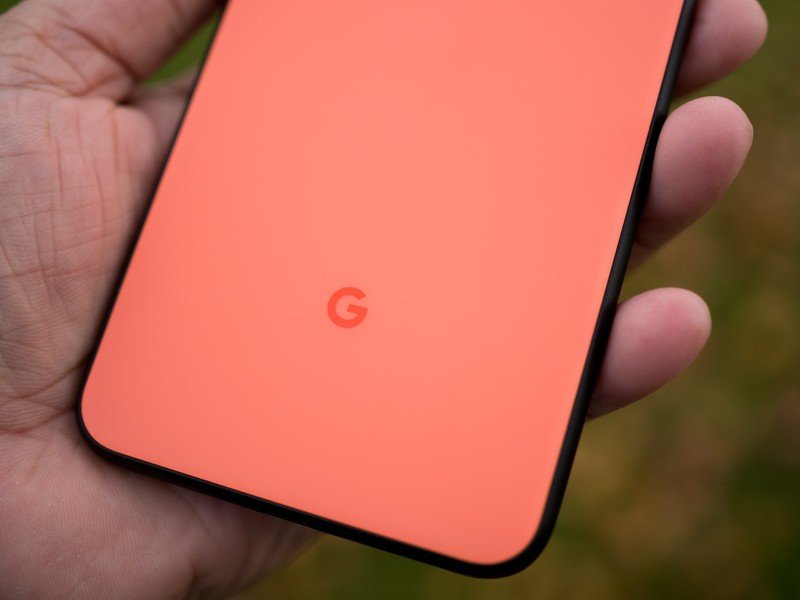

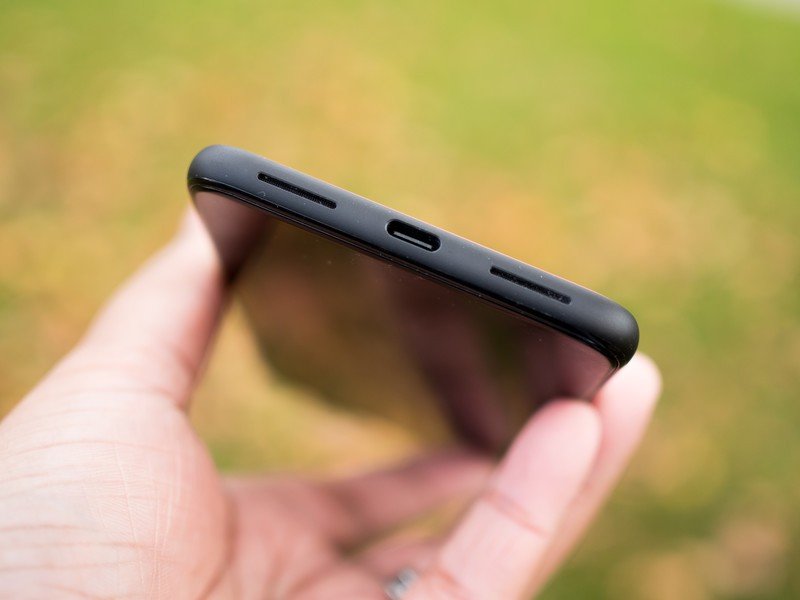
But you're not buying the Pixel 4 XL for its design. What you're interested in is the camera, and Google has made considerable gains in this area. Portrait mode on the Pixel 4 XL is fantastic, and having used the Galaxy Note 10+, P30 Pro, and the iPhone 11 extensively this year I can confidently say that the Pixel 4 XL is the best camera right now for portrait shots.
Where it has a clear edge over its rivals is with shooting everyday objects: the P30 Pro also takes great portrait shots of people, but it struggles at edge detection for inanimate objects. That isn't the case with the Pixel 4 XL, and I managed to get some truly stunning photos.
You're buying a Pixel for the camera, and with the Pixel 4 XL Google is asserting its dominance in this field.
Google has also made changes to Night Sight, and the result is that the Pixel 4 XL takes the best low-light photos of any phone today, Android or otherwise. But what makes the Pixel 4 XL truly great is that you can take a shot and know that it will be perfect. It doesn't matter what you're trying to capture; all you should know is that every time you press the shutter button, the resultant photo will be great.
Another feature that I particularly like on the Pixel 4 XL is the gesture to open the camera. Just double tap the power button and it'll launch the viewfinder. This particular feature makes all the difference if you're trying to capture an ephemeral moment.
I ended up taking over 850 photos over the course of the month I used the Pixel 4 XL, and here are some highlights:





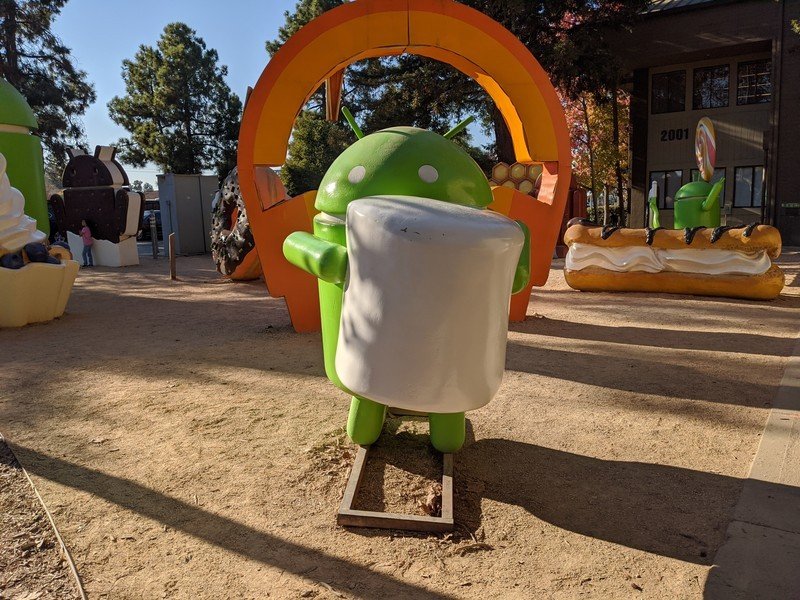




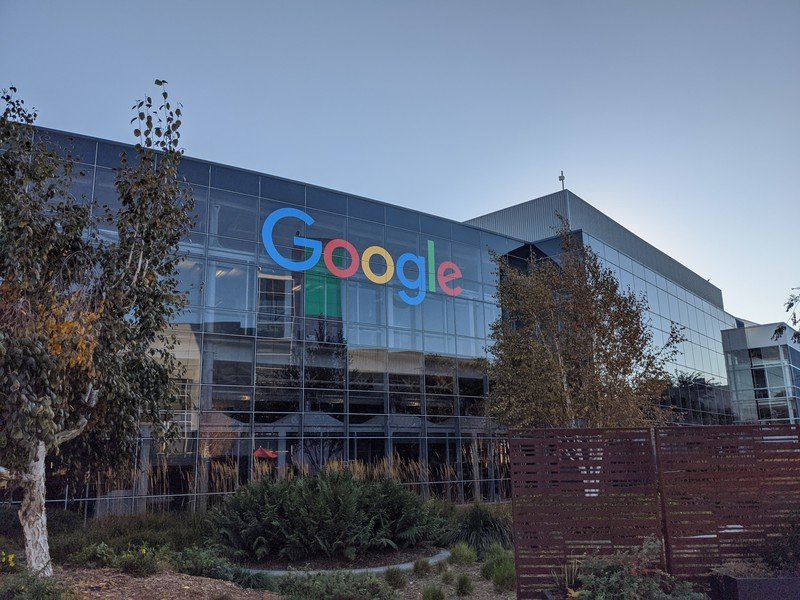

Google finally increased the memory on the Pixels, with the Pixel 4 XL featuring 6GB of RAM. That extra 2GB from previous generations makes all the difference, whether it's launching the camera or multitasking. For once, I didn't get the feeling that the software is being hobbled by inadequate memory.
Because of the additional RAM and the 90Hz display, the Pixel 4 XL flies through mundane tasks. All the memory management issues that plagued the Pixel 3 XL are non-existent, and it's finally great to use a Pixel that doesn't slow down.
Google's unique software additions also make a huge difference, and the new Assistant in particular is great. Standout features from earlier Pixels — Active Edge, Now Playing, and At A Glance — are back, and the new additions in the form of Recorder, car crash detection, and theming options make the phone stand out. Overall, it's clear that Google is positioning its unique take on the software as the differentiation for the Pixels, and it is working for the search giant.
Google Pixel 4 XL What I hate
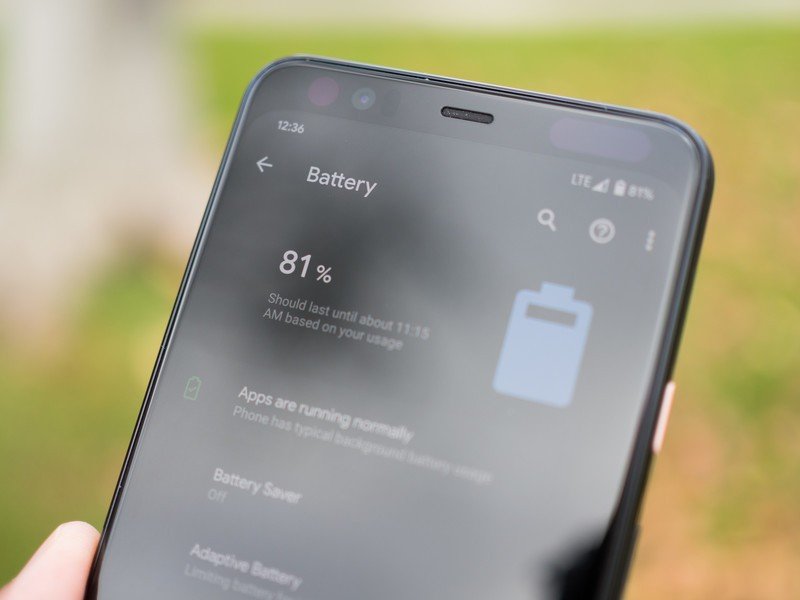
At this point, you know that the battery life on the Pixel 4 XL is less than optimal. For the first week that I used the phone, I had to charge it for a half hour in the evening to make it last until bedtime. But then it got better over the last three weeks, and I regularly managed to get a day's worth of use with medium usage.
That said, anytime I stress the phone to any meaningful degree — whether it's navigation, taking a lot of photos, or playing games — the battery falls off a cliff. It's this inconsistency that makes using the Pixel 4 XL so frustrating. I've trained myself to leave the phone to charge at around mid-day to make sure I don't have to worry about the battery running out while I'm outside at night.
Every Pixel to date has suffered a laundry list of hardware issues, and the Pixel 4 XL is no different.
That's just the tip of the iceberg when it comes to hardware issues on the Pixel 4 XL. The oleophobic coating on the lower half of the screen rubbed off on its own in the first two weeks. I usually wipe devices down with a microfiber cloth before taking photos, but that wasn't the case with the Pixel 4 XL and the coating came off anyway.
Google advertised Motion Sense as a marquee feature on the Pixel 4 XL, but aside from face unlock, I didn't use the feature at all. That's because the current use case for Motion Sense — waving your hand over the phone to switch tracks — is more convoluted than just hitting the button directly. On that subject, face unlock itself has been inconsistent for me over the course of the month, and more often than not I had to just enter the PIN to unlock the phone. face unlock systems always struggle with beards, and the Pixel 4 XL is no different in this area.
Then there's the fact that the Pixel 4 XL is the only major phone this year without an ultra-wide lens. Google says it took customer needs into consideration when building out the features for the Pixel 4 XL, but the fact that the phone is the only flagship this year to not have an ultra-wide camera tells you everything you need to know about how Google approaches hardware. You instead get a secondary zoom lens, and aside from using it a few times for novelty's sake, I didn't bother much with the feature.
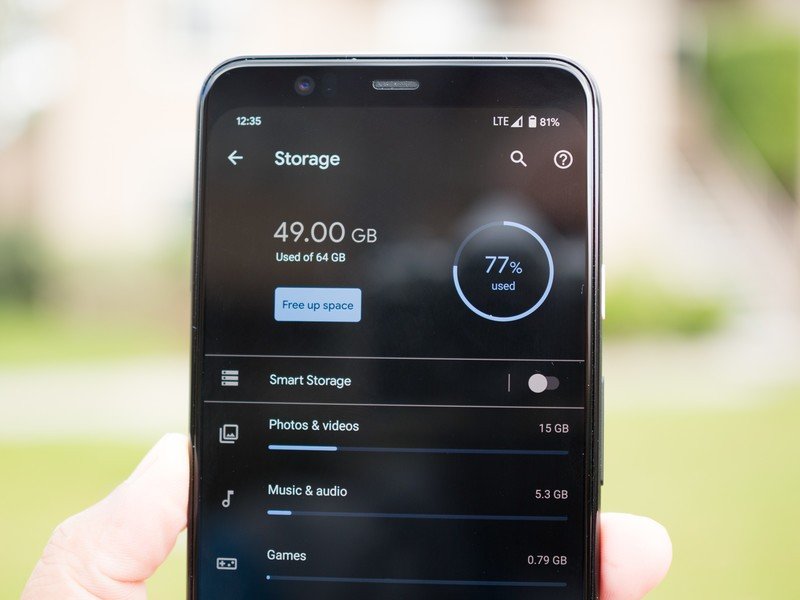
I paid $900 for the Pixel 4 XL and got 64GB of base storage. I get to use more Chinese phones than anyone else here at AC, and this year in particular, brands have significantly raised the game in terms of value. I reviewed the $500 Realme X2 Pro recently, and that device destroys the Pixel 4 XL when it comes to hardware. Heck, every major flagship released this year had 128GB of storage as standard, but for some reason Google is still sticking to 64GB.
With 64GB of base storage and inability to record 4K video at 60fps, the Pixel 4 XL lags behind every other flagship.
It's infuriating to see Google screw up the basics with the Pixel 4 XL. 64GB of storage is just not enough for a flagship in 2019, not when you consider $200 phones now offer 64GB as the base model. Then there's the fact that the storage module itself isn't UFS 3.0 — unlike every other flagship — but the older UFS 2.1 standard. This isn't an issue right now, but two years down the line the Pixel 4 XL will be on the back-foot.
This wasn't an issue with earlier Pixel phones, because every few months I offloaded all photos to Google Photos and just deleted them from my phone. But Google got rid of unlimited original quality Google Photos uploads, and you instead just get the high quality tier, which is the same as every other Android phone.
After just a month's worth of use, I ended up running through 78% of storage on my 64GB Pixel 4 XL, and have just 13GB left over. I was initially interested in the 128GB option, but the orange color variant was only available in 64GB and that ultimately made the decision for me.
Unlimited uploads was a differentiating feature of the Pixel series, and for Google to take it away feels short-sighted. Of course, the reasoning for the move is immediately obvious: Google wants you to pay for Google One instead, and while this strategy works for the mid-range Pixel 3a series, not offering the feature on the flagship Pixel 4 is a step backwards.
Let's get one thing clear: you're not buying the Pixel 4 XL for value.
Furthermore, for a brand that positions the camera as a defining feature of its phone, it's astonishing that Google still doesn't offer 4K video at 60fps. You're limited to 4K at 30fps, and it's solely because of the hardware shortcomings: as the phone has just 64GB of internal storage, Google decided to forgo the feature.
Then there's fast charging. This year we saw the introduction of 40W wired charging on the P30 Pro, and even Samsung got in on the action by introducing 45W charging for the Note 10+. You would think that Google would be interested in offering faster wired charging considering just how often you have to charge the phone, but the Pixel 4 XL is still at 18W, the same as last year.
Finally, the fact that I can't use this phone when I go back home to India next month pretty much makes the Pixel 4 XL a non-starter for me. For Google to not anticipate that Motion Sense would not work in all countries speaks volumes of its naiveté when it comes to hardware.
Google Pixel 4 XL One month later
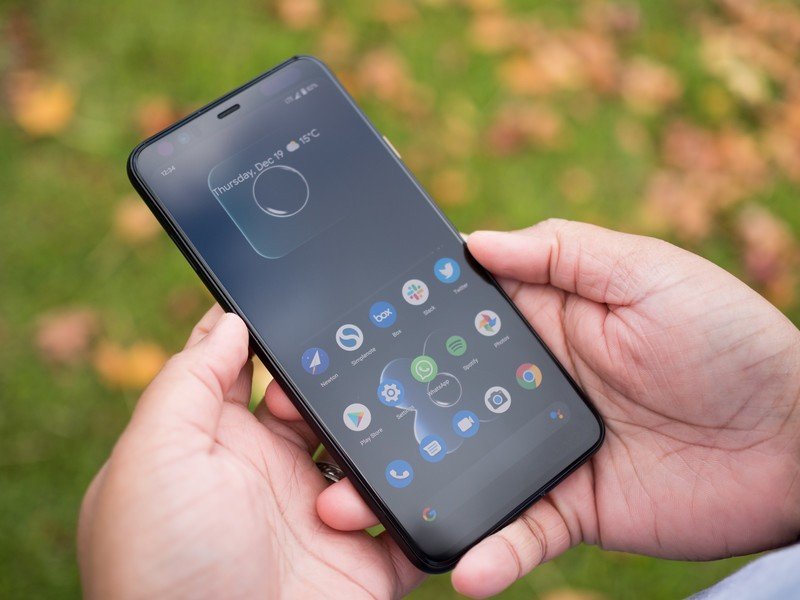
I didn't mean for this review to turn into a rant, but the fact that Google screwed up in so many key areas suggests that it just isn't serious about hardware. What makes it even more infuriating is that this is Google's fourth go-around at making a flagship; it should have ironed out these issues a generation ago.
Sure, an argument could be made that Google's philosophy isn't about delivering the best specs, but instead offering a great overall experience. That line of thinking comes undone when your phone runs out of storage after just a month.
Google is decidedly taking an iPhone-esque approach with the Pixels, but it doesn't have the same follow-through. Apple designs its own silicon and makes sure the software is able to take full advantage of the hardware platform. That's why even though the iPhone 11 has just 4GB of RAM, it doesn't slow down or feel laggy. Google, meanwhile, is hedging all its bets on software optimization without making sure the hardware is up to scratch first.
Therefore, I have a hard time recommending the Pixel 4 XL. It has a great camera and I like the unique software additions, but there are basic hardware issues that need to be worked out. Google still has a long way to go before it is anywhere close to Samsung and Huawei when it comes to hardware.
3.5 out of 5
Ultimately, there is no way you should pay over $800 for this phone. The Pixel 4 XL is a good option at around the $500 price point, and if you are interested in that camera, you should wait a few months for the price to inevitably come down. Google thinks it can compete with the likes of the Galaxy Note 10+ and the iPhone 11, but the hardware on offer with the Pixel 4 XL just does not hold up in long-term usage.

Great camera letdown by baffling hardware choices.
The Pixel 4 XL has a fantastic camera, but basic issues on the hardware front prevent it from being a great phone. The battery life is woefully inadequate, and 64GB of storage is nowhere enough for a flagship in 2019. You're better off waiting for the inevitable discount before getting your hands on one.

Harish Jonnalagadda is Android Central's Senior Editor overseeing mobile coverage. In his current role, he leads the site's coverage of Chinese phone brands, networking products, and AV gear. He has been testing phones for over a decade, and has extensive experience in mobile hardware and the global semiconductor industry. Contact him on Twitter at @chunkynerd.

